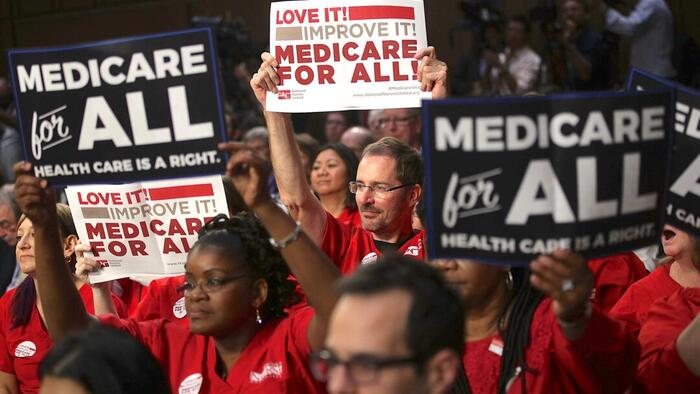A recent study by the Economic Innovation Group (EIG) reveals a significant shift in income sources for Americans, highlighting an escalating dependence on government payments. Titled “The Great Transfer-mation,” the report indicates that transfer payments— which encompass programs like Medicare, Medicaid, Social Security, unemployment benefits, food assistance, and veterans’ benefits— have surged from 8% of the nation’s total income in 1970 to around 18% today. This dependence on government support is markedly outpacing income derived from private wages and investments. EIG’s economist, Benjamin Glasner, emphasized that the rise in reliance on transfer payments varies across communities but is a clear trend that requires attention.
The financial implications of this growing dependency are alarming. From approximately $70 billion in 1970, government transfer payments skyrocketed to over $6 trillion by 2020, partly driven by the COVID-19 pandemic, before stabilizing around $4.3 trillion. If these payments were evenly distributed, each American would have received about $11,500 in 2022 alone. A significant contributory factor to this trend is the aging American population, with seniors (ages 65 and older) increasing from 13.1% in 2010 to 17.3% in 2022. Consequently, the financial burden on programs such as Medicare and Medicaid has escalated, with 56% of all assistance payments in 2022 directed toward the elderly, underpinning the observed growth in healthcare costs over time.
The strain on public finances has been profound, compounding concerns over sustainability. The “2024 Pension Solvency and Performance Report” highlights that unfunded public pension liabilities have reached $1.59 trillion, with a median funded ratio of 76%. The federal deficit currently stands at $1.8 trillion, and federal interest payments expanded from $31 billion in 1970 to over $1 trillion today. Critics such as Steve Hanke from Johns Hopkins University argue that heightened government dependency undermines personal autonomy and responsibility, portraying the increase in transfer payments as a political tool to garner votes rather than a sustainable economic strategy.
Mapping the shift in dependence, EIG shows that while only about 1% of U.S. counties relied on government transfers for over 25% of their income in 1970, by 2022, that number exceeded half of all counties. The variations in dependence highlight common challenges, especially in rural areas. Here, a combination of aging populations and youth migration toward cities for employment reduces the cohort contributing to private wages, reinforcing reliance on government support. Over decades, industrialization and urbanization trends have led to a declining birth rate, further compounding the demographic challenges facing American society and its economic future.
Moreover, this growing reliance raises critical questions about how the U.S. can harmonize economic security with sustained growth. Hanke warns that increased government involvement risks stunting economic prosperity, especially through taxation and government inefficiencies. Arthur Laffer also cautions against excessive taxation, asserting that significant redistribution efforts lead to a contraction in total income generated by the economy. The burgeoning costs related to interest payments on the national debt are now among the largest items on the federal budget, outpacing even military spending and Medicare.
In addressing potential solutions to sustain transfer payments, Glasner identifies three primary pathways: reducing benefits, raising taxes, or stimulating economic growth. The first two options appear politically unpalatable, while the latter presents the most promise. Strategies to bolster economic growth could involve investing in innovation, refining immigration policies, and creating regulatory environments that promote workforce participation. Despite the dire portrayal of the financial landscape, some reports suggest that the U.S. welfare system may be more efficient than those of many Western nations, with a focus on selectively targeting assistance to those most in need, potentially offering lessons for reform and sustainability in the years to come.

